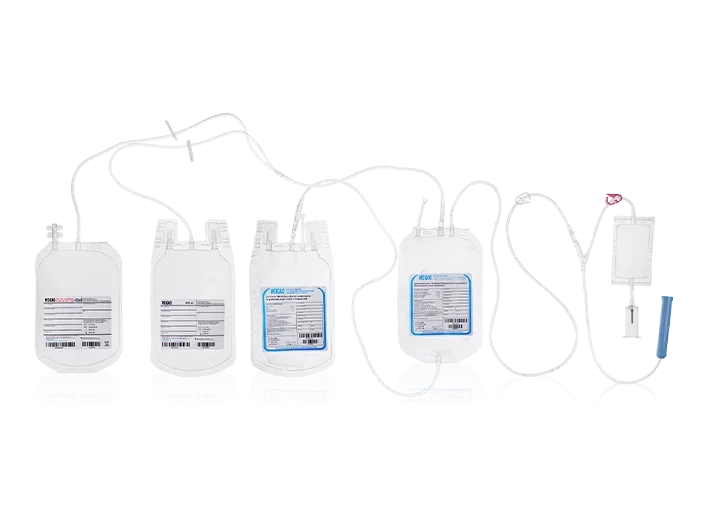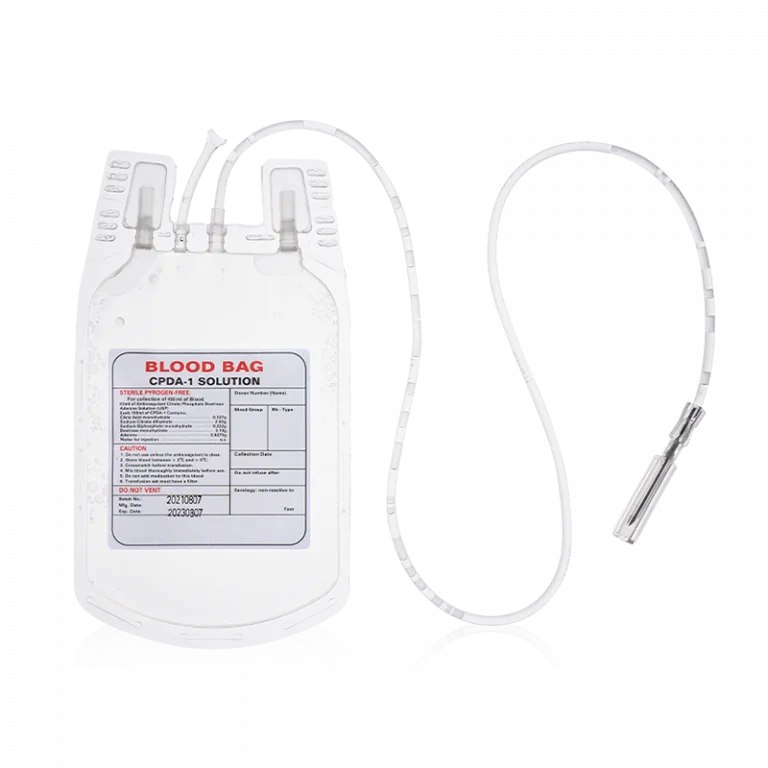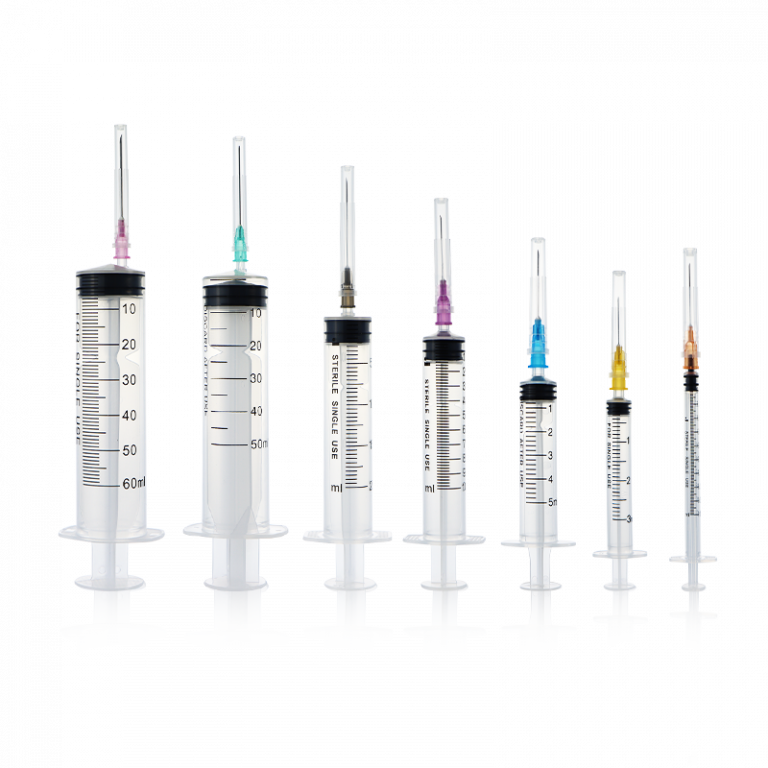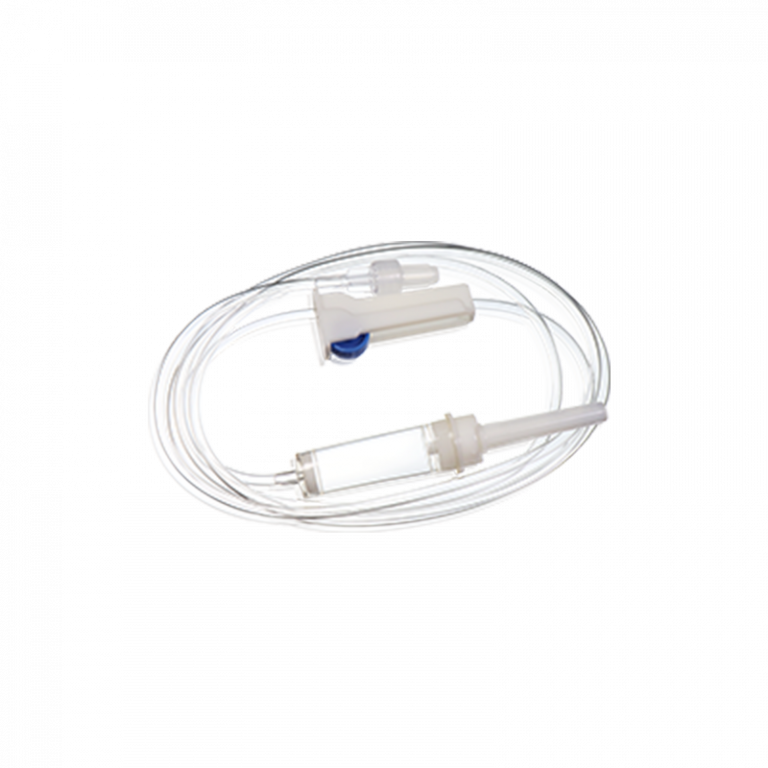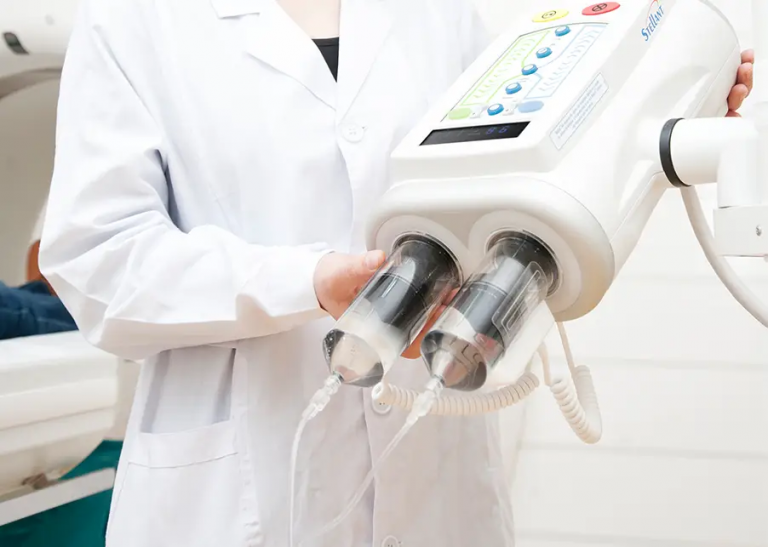Blood transfusion is required for various health issues, such as anemia, postpartum hemorrhage, and severe trauma from accidents. Any contamination in the collection, storage, and use of blood can seriously affect patient safety.
Blood transfusion bags are containers used to collect, store, and transport blood. These single-use plastic bags can effectively preserve blood for up to several weeks without deterioration and also facilitate the transport of blood.
However, unqualified blood bags or incorrect handling procedures can threaten patient health and public health safety. This blog will cover situations where blood transfusion bags can’t be used and safe blood transfusion practices. Read on to learn more!
What are Blood Transfusion Bags Used for?
There are five main uses for blood transfusion bags:
- Blood Collection: Blood transfusion bags are used to collect blood from donors. It contains anticoagulants to prevent the blood from clotting.
- Blood Storage:At the right temperature, blood transfusion bags store blood to keep it active and safe until it needs to be used.
- Blood Separation: Blood transfusion bags can also be used for separating blood components, such as separating plasma and blood cells by centrifugation.
- Blood Transfer: Blood in transfusion bags can be transferred between hospitals or between blood banks and operating rooms.
- Blood Transfusion: Blood transfusion bags are the tools for transfusing blood, ensuring that the blood is safe and sterile during the transfusion process.
Situations When Blood Transfusion Bags Cannot Be Used
Before blood transfusion, blood collection bags must be rigorously inspected to ensure patient safety and blood quality. If the following situations occur with the blood bags, they should not be used:
- Broken labels or unclear handwriting on the transfusion blood bags make it hard to confirm the information.
- A torn or leaking blood transfusion bag will have the risk of contamination.
- Expired blood bags should also be avoided.
- The clots in the blood indicate that the blood may have deteriorated.
- Dark gray plasma, as well as obvious air bubbles and flocculent or coarse particles in the plasma, are signs of abnormal blood quality.
- Unclear interface or hemolysis at the interface between the plasma layer and the red cells when not shaken
- A purplish red color of the red blood cell layer.
How to Safely Use Blood Transfusion Bags?
Safely using blood transfusion bags involves multiple steps, from selecting the appropriate blood bag and transfusion to bag handling. Each step requires following the correct operating procedures.
1. Choose the Appropriate Blood Bag
Blood draw bags can be classified into single blood collection bags, double blood collection bags, triple blood collection bags, and quadruple blood collection bags. Different blood bag capacities determine how much blood is in a bag.
When choosing hospital blood bags, ensure that they comply with international certifications such as CE and RoHS. The material of transfusion blood bags must have good biocompatibility to avoid causing changes in blood components or adverse reactions.
In addition, the blood draw bag should be transparent so that the color and state of the blood can be observed from the outside. The material should also be durable to prevent rupture during storage and transport. It is important to check the integration of hospital blood bags before use and replace them immediately if they are found to be broken or leaking.
2. Preparation Before Blood Collection
Firstly, blood collection workers should wear personal protective equipment, such as gloves, masks, and protective clothing, and ensure a clean environment to reduce the infection risks. Secondly, check the information of the donor and the blood collection bag to ensure consistency. Finally, select the elbow vein for puncture and sterilize the puncture site before proceeding.
3. Blood Collection Process
Tie a tourniquet around the upper end of the blood collection site and have the patient repeatedly clench their fists several times to make the vein more prominent and facilitate puncture. Then, twist off the protective cap of the collecting needle and do the venipuncture.
When collecting the blood, the bag should be shaken continuously to mix enough the anticoagulation and the blood. Once the demand amount is achieved, pull out the needle and have donors continue to press on the needle hole for several minutes to prevent bleeding.
4. Blood Storage
Label and record the collected blood as required, including blood type, volume, and date of collection. In general, whole blood bags should be stored at 2°C ~ 6°C for 35 days, during which time they should not be added to medicine. The blood collection bags must also be stored at a maximum of 80% humidity and in a ventilated room free from any corrosive gases.
5. Blood Transfusion Operation
Before blood transfusion, check the blood transfusion bag for any abnormalities such as color change, clots, air bubbles, etc. Gently mix the components in the blood bag before transfusion, but avoid violent shaking.
Under strict aseptic operation, use a transfusion apparatus to slowly inject blood into the patient and observe their reaction. The principle of ‘first slow and then fast’ should be followed in blood transfusion, and 1~3 ml/min is suitable for the first 15 minutes.
6. Blood Bag Handling
In order to ensure safe blood transfusion and prevent the spread of diseases, blood transfusion bags should be strictly registered. Firstly, the blood bag should be folded at the puncture hole and taped to prevent the remaining blood from flowing out.
Moreover, label the blood bag with the department of use, patient’s name, and admission number. Then, it should be placed in a special refrigerator at 2-8°C for 24 hours for verification in case of accidents.
Order High-quality Blood Transfusion Bags
Blood transfusion bags play a vital role in preserving blood and ensuring blood transfusion safety. WEGO Medical is an experienced medical device manufacturer in China, offering single, double, triple, and quadruple blood collection bags as well as different capacity sizes.
Our blood collection bags, designed for safe and efficient blood transfusion procedures, have won wide recognition in both domestic and international markets. Our products strictly follow international standards and are CE and RoHS-certified. We understand the high clinical demands on the quality of hospital blood bags, so each blood bag undergoes rigorous testing from production to packaging to prevent any contamination or breakage.
Conclusion
Blood transfusion safety is not only about patient’s lives and health but also an important part of public health safety. The most important thing is to ensure that every step, from blood collection to blood transfusion, meets strict safety standards.
Among many blood transfusion bag products, WEGO Medical stands out with excellent quality and strong production strength and has become a reliable partner in the field of blood transfusion safety.
Contact us now for high-quality blood bag solutions!


